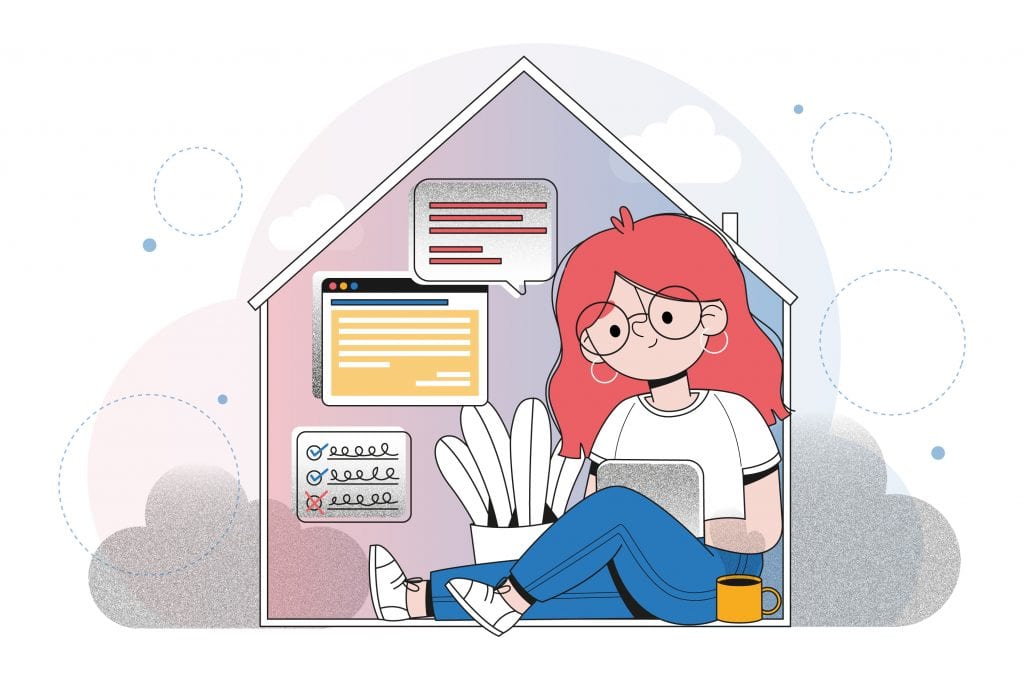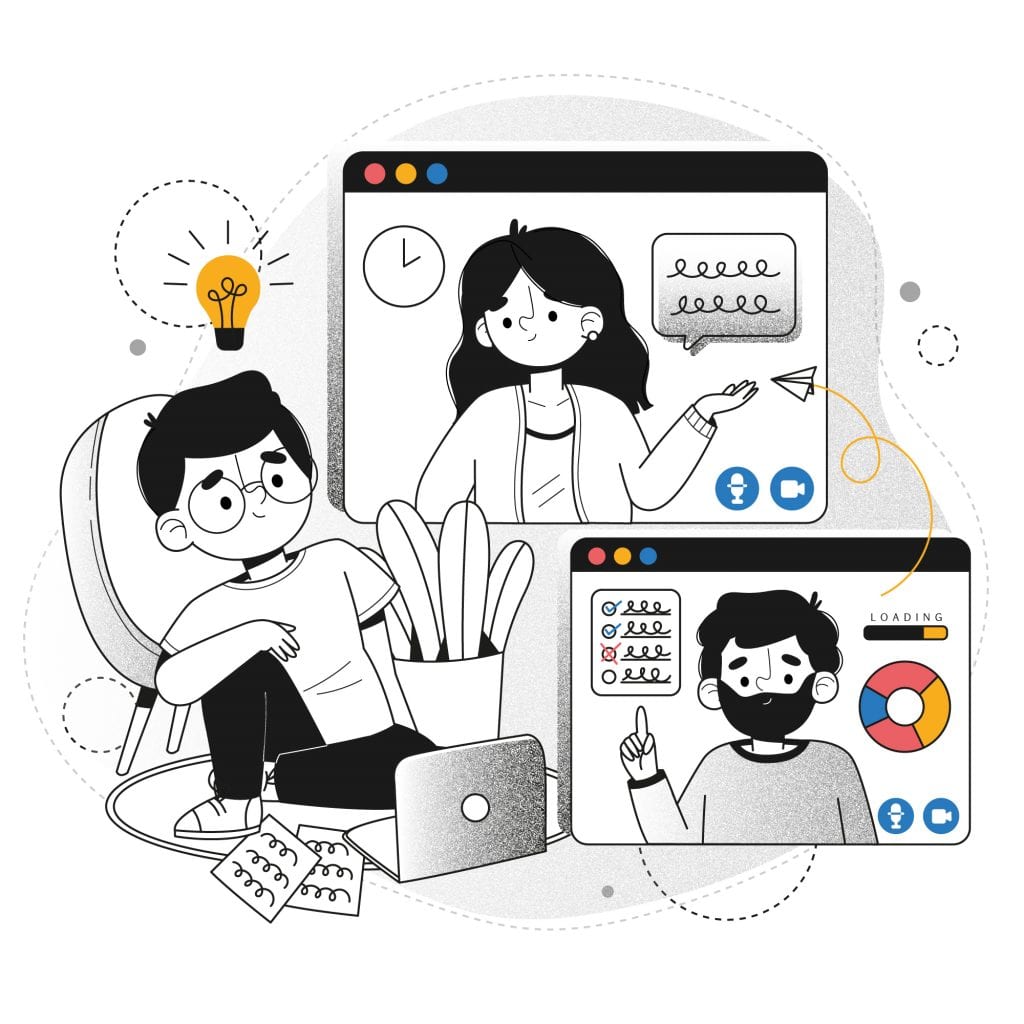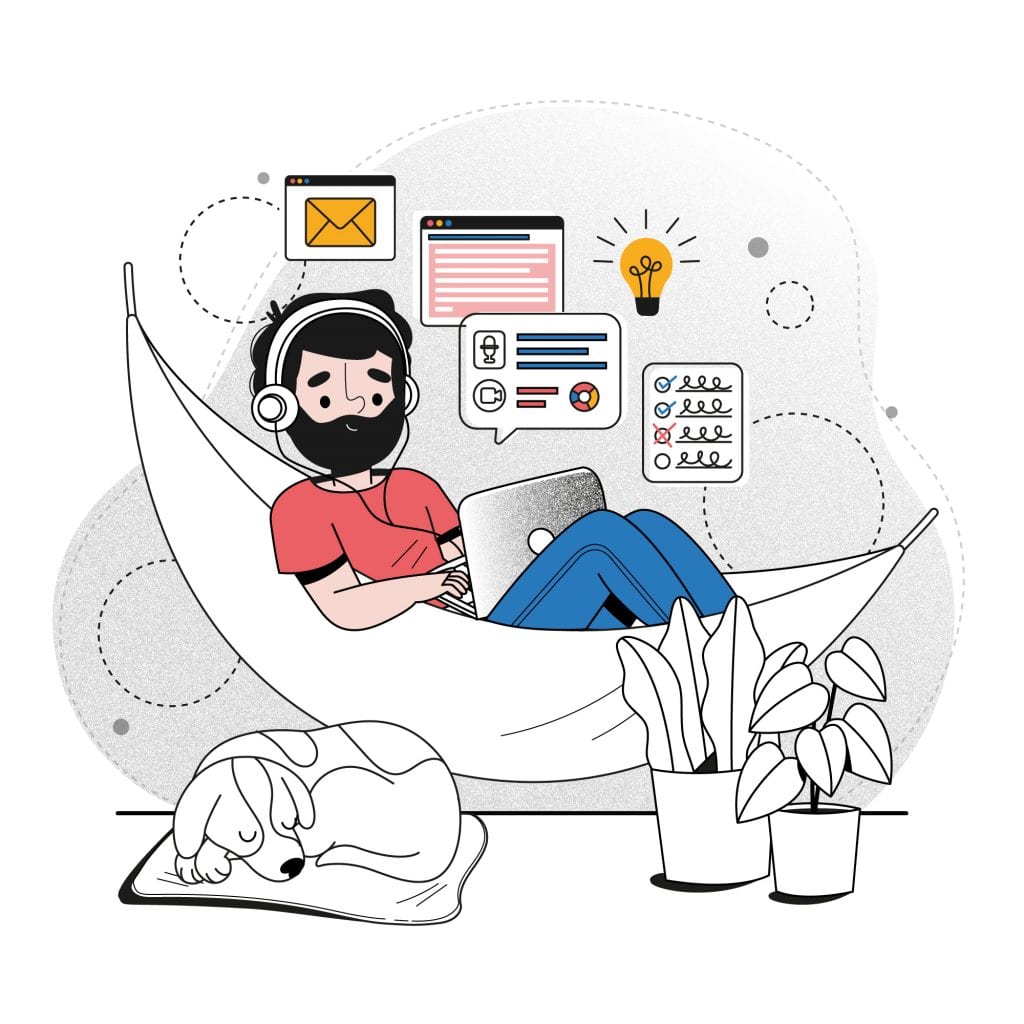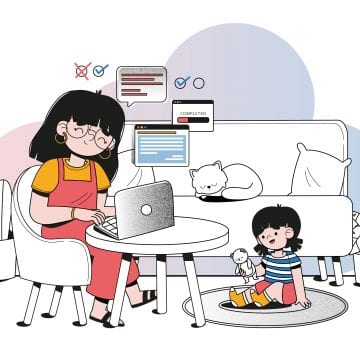Even with a vaccine around the corner, it is likely for at least the next few months that many people will be looking to work from home. And even past the pandemic, there are lots of benefits of working from home.
Research has found that those working from home have a better work-life balance, less stress and can save money. Employers can also realise benefits with a wider talent pool (recruitment doesn’t need to be restricted to one area), fewer costs and higher staff satisfaction.
Yet many worry about productivity and distractions during remote working. So, here are some tips that you can do right now to help you.
1. Create a routine
While flexibility is one of the advantages of remote working, you also have to set a routine and stick to it. Create a time when you get up, have breakfast, complete household jobs and then a set period when you’re sat at your desk working. A routine enables you to reduce decision fatigue and focus on what you need to do.
2. Setup an office space
Whether you’re working at your kitchen table or home office, ensure there is an office space set up in your home. This should contain all the necessary equipment that you might need in the day. You will need to include a phone charging point, easy access to the printer, notepaper and pens.

Be sure to conduct weekly checks on stocks and order more pen, paper, toner for the printer and other supplies as you need it.
3. Decide on the best background noise
While some people work best in quiet environments, other people don’t. If you’re used to a busy and noisy environment, then you might find the peace and quiet of your home office too much. That’s why you might want to consider background noise. Try to avoid television, as this can often be too distracting, but music and radio can be a good way to fill the void of the normal office bustle that you’re familiar with.
Of course, if you like the silence, that’s good too. Just be sure that you’re happy with the decision.
4. Interact with others
Humans, by nature, are sociable. Therefore we all crave some social interaction from time to time. Not getting any can cause significant mental health issues. So, be sure that you’re regularly interacting with others. If your wife/children are also at home, you can always speak to them at lunchtimes or breaks throughout the day.
Or, instead of emailing someone for some information, pick up the phone and speak to them.

5. Take regular small breaks
While in the office, you’re probably only productive for just under three hours a day (for those working eight hour days). That’s because you’re generally speaking to colleagues, moving from the desk to another area of the building and other activities. At home, you’re likely to be more productive, but you still need those breaks.
Therefore, ensure that you’re taking regular breaks in your workday. Even just 10 minutes every hour can make you more effective over the whole day. Or, you could work for two hours and then take half an hour of.
6. Set boundaries
You need to ensure you’re setting boundaries while you’re remote working. For instance, children at home with you might think you’re on holiday and you’re available to play or entertain. Be sure to set what times you’re available, what needs you have and what they can do to help.
Boundaries should also be set with work. Let them know what hours you’re working, so you don’t get called in the middle of other tasks with demands that you can’t meet. If you’re upfront, you’ll find that bosses will be more accommodating with your remote working.
7. Think longer term
Many firms have taken up working from home and remote working as great ways to improve employee satisfaction, save costs and more. Therefore, remote working may be here longer than you think.
So, try to analyse and improve how you’re working from home, make it an enjoyable experience where you’re finding ways to complete your work to a high standard but in less time so you can enjoy the benefits of remote working more.

8. Be kind
If you’re new to remote working, you’re going to struggle at first. You might not think that you’re as productive as you were in the office. The truth is that you’re probably overselling how productive you were in the office. But also, new routines and environments take time to become familiar with.
9. Dress for success
While you might think working from home is a great way for you to work in your pyjamas, this is counterproductive. Pyjamas are a visual clue for us that it is rest and sleep time. Therefore, we’re less energetic and get less done in the same amount of time.
While you don’t have to wear a full suit, dressing for work is a great idea. You could find less formal office wear for your home office, something that is practical but also allows you to get into that frame of mind for work.
10. Use Tapapp
Remote working requires you to be able to report on your daily activities remotely. It can be used to collect reports or complete audits from those remote working about what tasks they’ve done in a day, collect feedback about the support being offered by the business and how it can be improved and highlight significant gaps in the working environments.
Tapapp is the perfect tool for communicating in a non-intrusive way with employers, employees, customers and more throughout the day. Tapapp is also free to use and can be used on mobiles, tablets and desktops, allowing those remote working to take it with them whether they’re working at a home office or on the go.
Conclusion
Working from home and remote working is here to stay, for now. This doesn’t have to be a time when you’re ineffective or less productive. Use the tips above and you could be more productive than if you were working in the office. And then monitor your performance using tools like Tapapp to improve the reporting of activities to those more senior in the company.

More in our blog:
